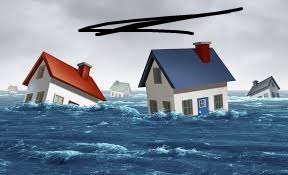The price increase in everything during 2025 reaches 20% for lumber as well as labor expenses so reconstruction costs also rose. According to the National Association of Home Builders homestead values have risen from $200,000 in 2020 to $260,000 for reconstruction costs at present. You are underinsured when you have not updated your policy limits since the values have increased because a fire loss would create a coverage shortfall of $60,000. The Denver couple lost their insurance payout because their dwelling coverage at $150,000 fell below the $210,000 needed to repair their home.
The challenge? Building costs have Increased yet homeowners need to find a sustainable solution to pay these costs. The premiums rise as coverage levels increase because a 20% increase in coverage requires an additional yearly premium of $300. The opportunity? Review your policy now. Your insurance provider offers replacement cost estimators for which you should check every year or two. Financial advice from insurance agents for fifty dollars will lead to total savings measured in thousands – seek their guidance today.
Demand for Green Coverage
Insurance is following the growing popularity of sustainability approaches which will be lucrative in 2025. Community members want insurance to support renewable improvements such as solar installations and ecofriendly windows as well as rainwater recycling systems for their houses. A $10,000 solar system could require a small additional cost of $100 to insure but insurers like Travelers provide green home premium reductions of 5 percent. A Portland resident installed solar panels on their house and spent $80 for coverage which reduced their insurance rate to $120 for a total monetary gain.
The challenge? Some Insurance providers lack this option whereas the initial payments tend to bite. The opportunity? A longterm investment strategy exists because the combination of lower utility expenses with tax incentives and premium discounts accumulates over time. In cases of house fires homeowners with policies that include rebuildtogreen clauses can reconstruct their homes with improved sustainability and better energy efficiency.






